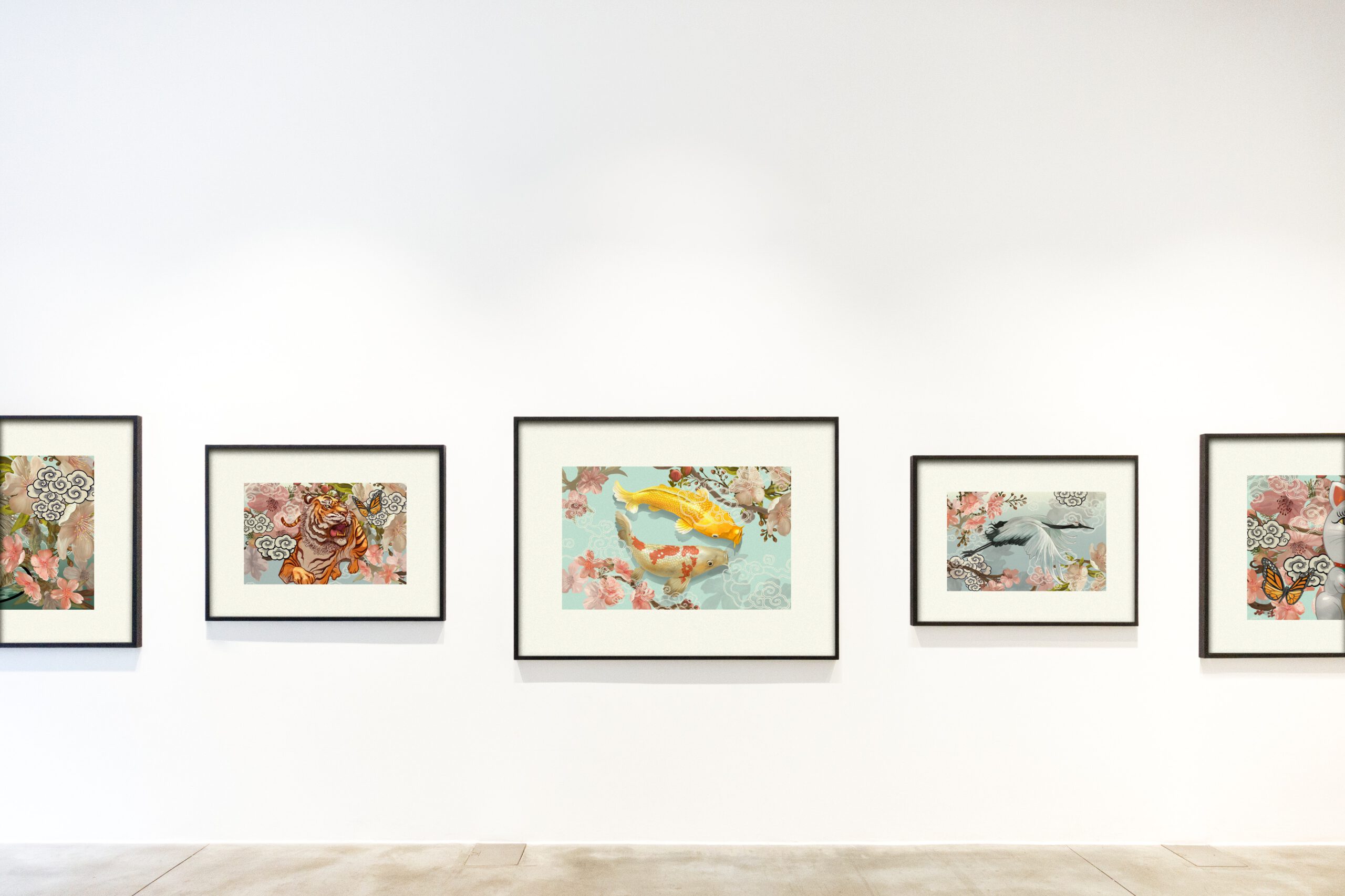Case Study: A Complex Estate Dispute Without a Will

The creation of a well-designed estate plan is key in minimizing the likelihood of estate litigation in the unfortunate event of their death. Failing to properly plan what will happen to your property upon your death can result in conflicts amongst your family members and loved ones. A recent decision from the Ontario Superior Court of Justice highlights one such situation.
A Very Valuable Estate
The deceased was described by the court as a renowned Canadian figure skater and artist. He passed away in Mexico on January 23, 2015, having lived there for 23 years. When he died, he had no will, and his three siblings (“B”, “C” and “G”) were named the sole heirs of the estate, with B being named the trustee.
The estate had a number of very valuable assets, including about 20,000 pieces of original artwork, chattels, bank accounts, and property. The total value of the estate was estimated to be just over $6.25 million. By the time the issue reached the courts, the estate contained $429,958 in cash as well as $1.5 million in artwork.
Short-Lived Co-operation
The three siblings initially agreed on how the estate was being managed. The real estate and some of the artwork was sold, with the proceeds divided amongst them. A number of other items were divided amongst the siblings as well.
However, after some time, C and G became concerned about how B was managing the estate. They testified that they were concerned about how the remaining assets were going to be handled. A large collection of the deceased’s artwork was listed for sale in Canadian art galleries while the remainder was held in storage. While C and G wanted their share of the artworks distributed to them, B wanted to continue to sell it through galleries. C and G did not agree with this because the galleries take a large commission on the sale of artwork. They were also worried about too much artwork being sold too quickly, lowering the value of the remaining pieces.
C and G asked the court to appoint what is known as an Estate Trustee During Litigation (ETDL) while the courts determined what would be done with the artwork. Meanwhile, B said she was acting in the best interests of the estate, and that even though her siblings did not approve of her methods, she was entitled to deal with the estate as she saw fit.
The Court’s Analysis
The court agreed that C and G might have a valid concern, writing:
“The administration of this Estate is neither simple nor straightforward and has become highly adversarial. (G and C) argue that (B’s) handling of the artwork is more focused on her vision of (the deceased’s) legacy than administering the Estate in the interests of the beneficiaries. In my view, their concern may be justified. (B) appears to have a personal interest in the outcome in conflict with the other beneficiaries.”
While the court was not prepared to make a ruling on whether B should be able to continue handling the artwork in the manner she had been, it did think it appropriate to appoint an ETDL until the outstanding issues could be sorted out.
If you are facing a dispute over the handling of an estate to which you have an interest, contact the estate litigation lawyers at Eisen Law in Toronto. We can help resolve even the most complex trust and estate litigation matters. Please call us at 416.591-9997 or reach us online to schedule a free consultation.